The California Institute of Technology is a private university in CA, founded in 1891 and offers Bachelor’s degrees for undergraduates and Master’s and Doctoral degrees for graduate students. The undergraduate enrollment is 982, and the graduate enrollment is 1,419. The California Institute of Technology is a hyper-selective school, receiving 8,007 applications and accepting 6.7% of applicants. The California Institute of Technology’s athletics teams competes at the club, intramural, and varsity level. Additionally, the California Institute of Technology employs 349 full-time instructional staff and has a 3:1 student to faculty ratio.


